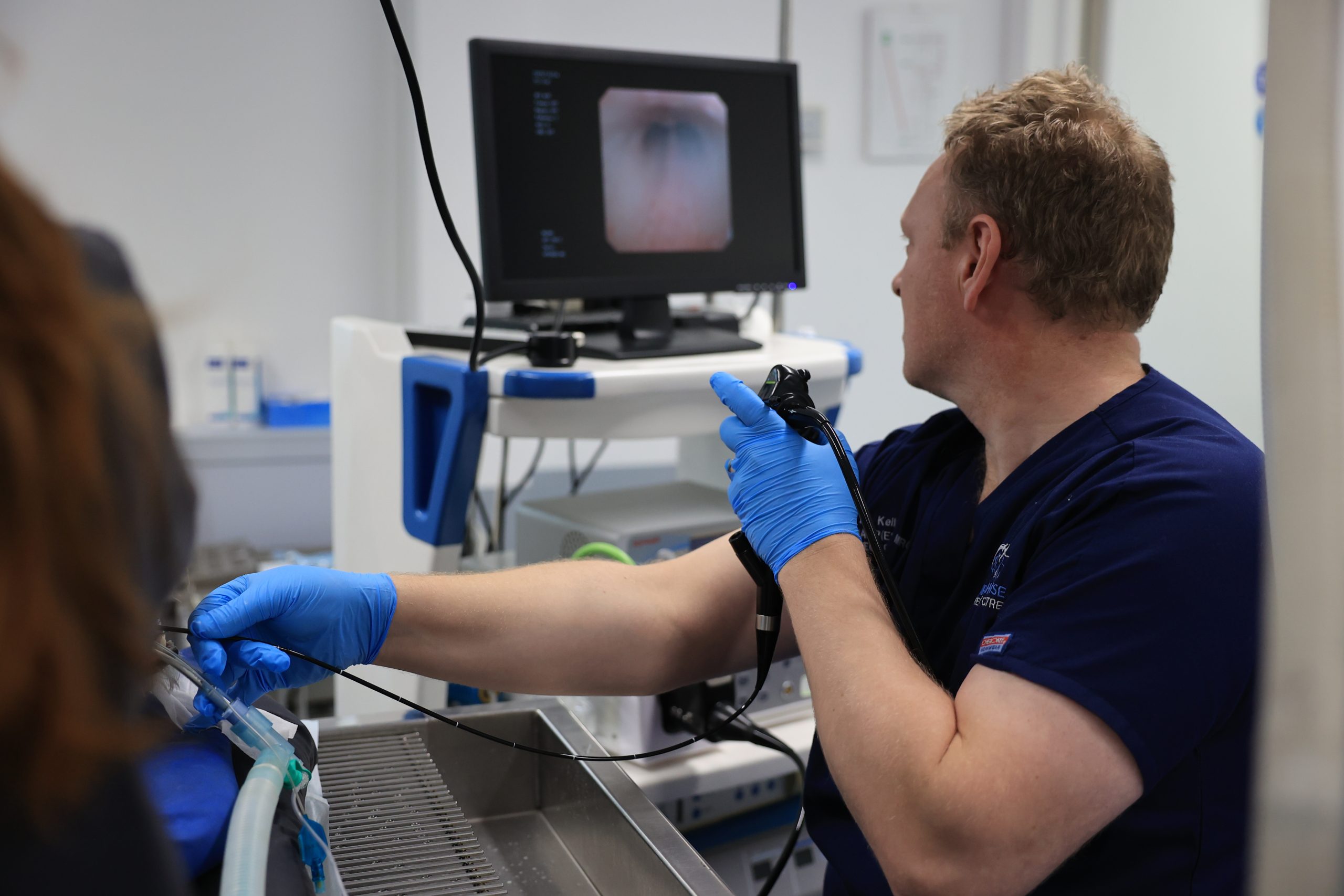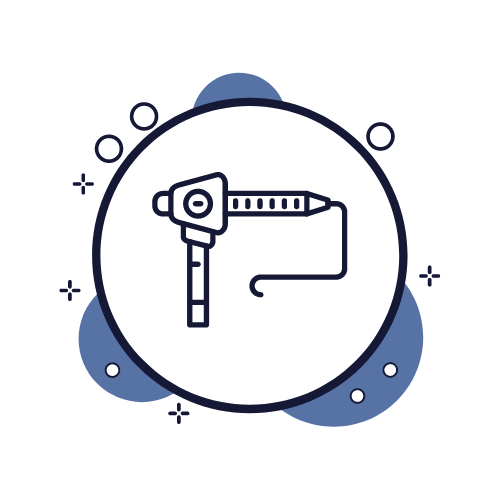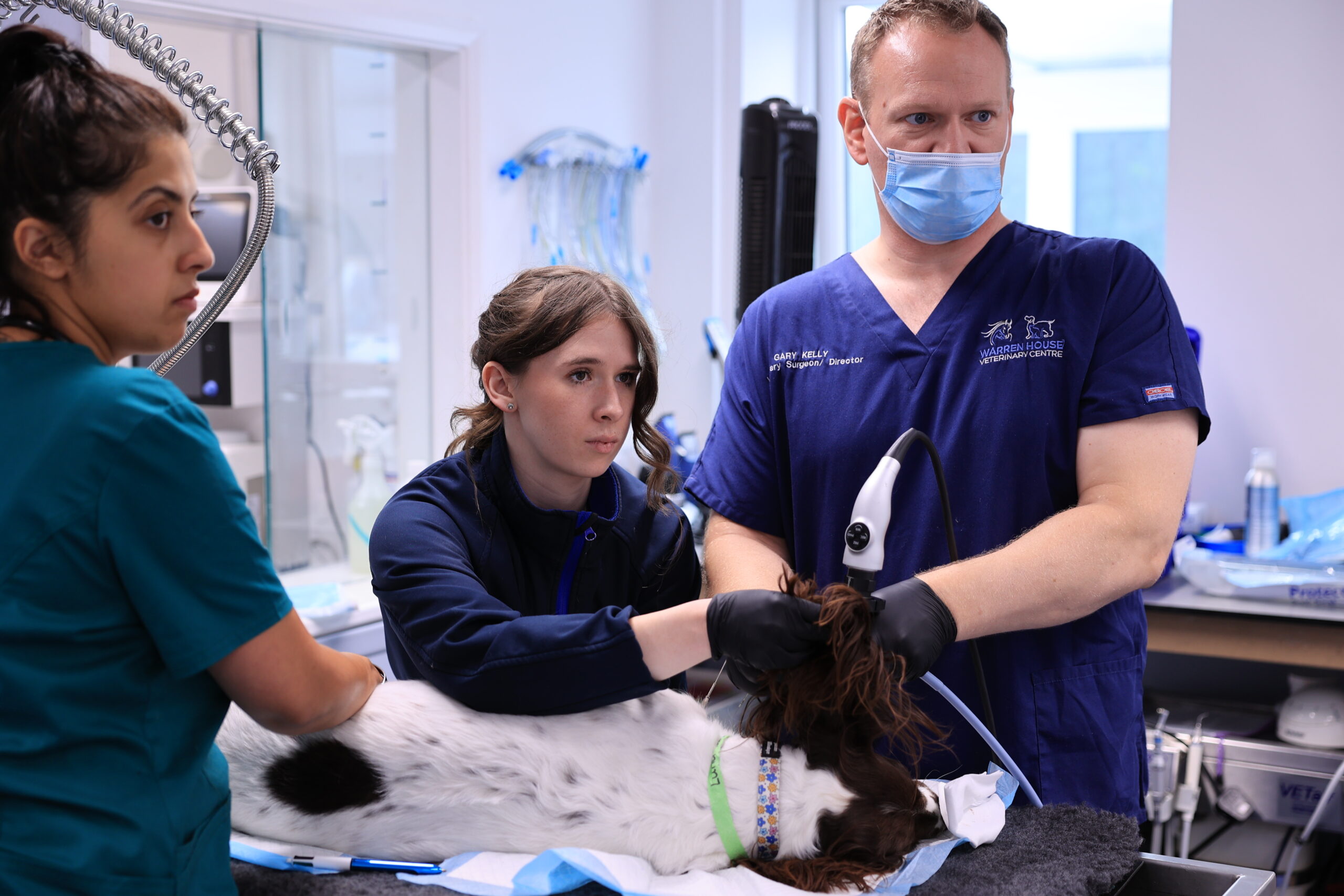Camera Tests
Endoscopy


Diagnosis Endoscopy
At Warren House Vets, we are committed to providing the highest level of care for your pets. One of the advanced diagnostic and treatment options we offer is veterinary endoscopy. This state-of-the-art, minimally invasive procedure allows us to examine the internal structures of your pet with unparalleled precision and care.
What is Endoscopy?
Veterinary endoscopy is an advanced technique allowing a detailed view of your pet’s internal body structures. Utilising a specialised tool known as an endoscope, a long, flexible tube fitted with a camera and light source, our veterinarians can carefully inspect various areas including the gastrointestinal tract, respiratory system, and urinary tract, among others. This minimally invasive procedure typically requires no or only tiny incisions, resulting in faster recovery and reduced discomfort for your beloved pet.
Benefits
Minimally Invasive:
Unlike traditional surgery, endoscopy usually involves only small incisions or uses natural openings, reducing recovery time and minimizing pain.
Precise Diagnosis
Endoscopy allows for real-time visualisation of internal organs, aiding in the accurate diagnosis of conditions such as gastrointestinal diseases, respiratory issues, and tumors.
Foreign Body Removal
Pets are curious by nature, and sometimes they swallow objects they shouldn’t. Endoscopy is an effective way to locate and remove foreign bodies without the need for major surgery.
Biopsy Collection
If needed, tissue samples can be taken during an endoscopic procedure, allowing us to analyse and diagnose conditions without resorting to more invasive methods.
Types of Endoscopy:
Gastroscopy
- Purpose: Examination of the esophagus, stomach, and upper small intestine (duodenum).
- Uses: Diagnosing and treating conditions like chronic vomiting, gastric ulcers, foreign body ingestion, and gastrointestinal bleeding.
Colonoscopy
- Purpose: Visualisation of the large intestine (colon) and rectum.
- Uses: Diagnosing issues such as chronic diarrhea, blood in the stool, colitis, polyps, and tumors
Bronchoscopy
- Purpose: Inspection of the airways, including the trachea and bronchi.
- Uses: Identifying respiratory problems like chronic coughing, wheezing, airway obstructions, and infections. It can also assist in obtaining samples for culture or biopsy.
Rhinoscopy
- Purpose: Examination of the nasal passages and sinus cavities.
- Uses: Diagnosing nasal discharge, bleeding, sneezing, or masses in the nasal cavity. It is also used to retrieve foreign objects or take biopsies of nasal tumors.
Cystoscopy
- Purpose: Evaluation of the bladder and urethra.
- Uses: Investigating urinary tract problems like recurrent urinary tract infections, bladder stones, tumors, or structural abnormalities. It can also be used to take biopsies or remove small stones.
Arthroscopy
- Purpose: Examination of joints.
- Uses: Diagnosing and treating joint conditions like arthritis, ligament injuries, or joint infections. Arthroscopy allows for minimally invasive joint surgery, which reduces recovery time and pain.
Thoracoscopy
- Purpose: Visualisation of the chest cavity and the structures within it, including the lungs and heart.
- Uses: Diagnosing and treating conditions like pleural effusion (fluid in the chest), lung tumors, or pericardial effusion (fluid around the heart).
Otoscopy
- Purpose: Examination of the ear canal and eardrum.
- Uses: Diagnosing ear infections, polyps, tumors, or foreign bodies in the ear. It is particularly useful in cases of chronic ear infections that do not respond to standard treatments.
When is Endoscopy recommended?
Endoscopy is recommended for a variety of conditions, including:
- Chronic vomiting or diarrhea
- Difficulty breathing or chronic coughing
- Unexplained weight loss
- Persistent gastrointestinal issues
- Removal of ingested foreign objects
- Detection and biopsy of tumors or polyps
Endoscopy Information








FAQ
Is Endoscopy safe for my pet?
Yes, endoscopy is generally safe and less invasive than traditional surgery. It requires anesthesia, but because the procedure is minimally invasive, it typically involves less risk, pain, and recovery time. Our veterinary team will carefully monitor your pet throughout the procedure to ensure their safety.
Will my pet need anaesthesia?
Yes, anesthesia is required to keep your pet still and comfortable during the procedure. This ensures that the endoscope can be safely and effectively used to examine the targeted area.

Schedule a consultation:
If your pet is experiencing any concerning symptoms or if you’d like to learn more about our endoscopy services, please contact us today to schedule an appointment.
Our friendly and knowledgeable staff is here to answer any questions and help you make the best decision for your pet’s health.

